
views
Removing Banana Stains from Fabrics
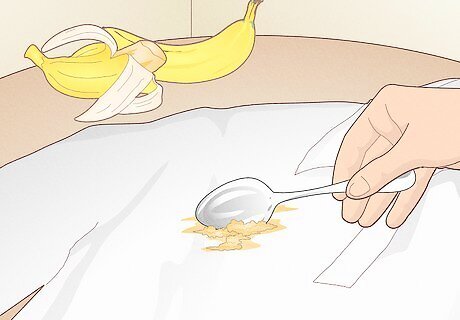
Scrape off excess banana pieces. Get rid of any big chunks of banana remaining on the fabric. You want as little banana on the fabric as possible once you start trying to treat the fabric so you can focus on the stain, not the excess banana pieces.
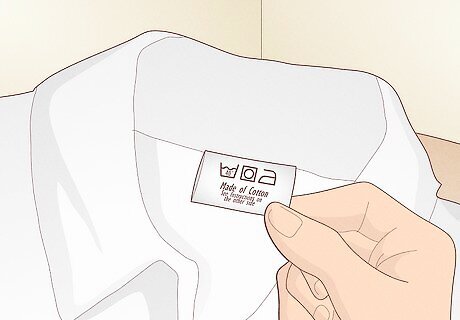
Check the fabric label. Always follow the care instructions for the fabric (if it has one). Care labels are usually located inside the garment, behind the neck or along a side seam. The care labels on fabrics usually have recommended information on washing, drying, ironing, and dry-cleaning fabrics. Certain chemicals and cleaning practices can damage different fabrics, so it’s best to follow the guidelines that come with the fabric. If the fabric doesn't have a label for care and washing, test a small area of the fabric with whatever cleaning products you plan to use, to see how the fabric reacts to your intended cleaning products and practices.
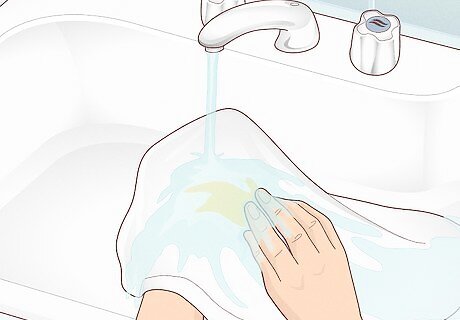
Rinse the fabric (inside out) under cold water. Running cold water on the stain inside out will help push the banana off the fabric rather than pushing it further into the fabric fibers, and setting the stain. Fabrics like silk, suede, velvet, and rayon should be taken to a dry cleaner. You shouldn’t try to wash these fabrics yourself for risk of ruining the fabric.
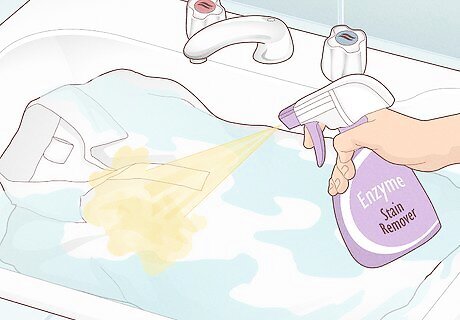
Apply some enzyme pre-wash stain remover. Put the fabric in a sink or basin with some warm water mixed with enzyme pre-wash stain remover. The enzyme pre-wash stain remover can either come in a spray, foam, or liquid form. Completely saturate the area of the stain with the enzyme pre-wash. Let the fabric soak in the warm water for about 30 minutes. The fabric may need to soak for several hours if the stain has been set in for a long period of time. Pre-treating a stained fabric as soon as possible is one of the most critical steps in stain removal. The sooner the stain can be treated with a pre-treatment, the more likely your chances are of removing the stain. Do not use on silk or wool, since enzymes digest protein. An alternative stain remover is Borax. If you use Borax, cover the stain completely, let it sit for 30 minutes, and continue to wash the fabric.

Wash the fabric. Launder the fabric in the hottest water setting. Use chlorine bleach to wash the fabric if the fabric material allows. If you can’t use chlorine bleach to wash the fabric, try using color safe bleach. Make sure that the stain is completely removed before you put the fabric in the dryer. The heat from the dryer could set the stain permanently if it isn’t completely removed during the washing process. Consult the garment label for details on the recommended washing settings for the fabric.
Removing Banana Stains from Upholstery
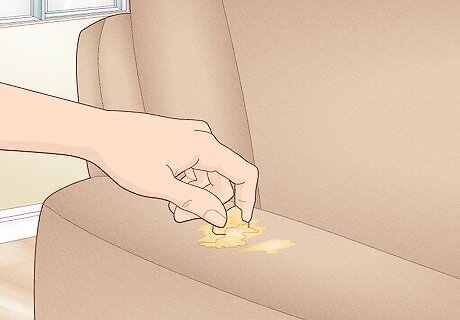
Pick up any excess banana. Gently lift off any bigger pieces of banana from the fabric. Getting rid of the bigger banana pieces will make the whole cleaning up process easier, because once the big pieces are removed, you can really focus on cleaning the stained area of the upholstery.
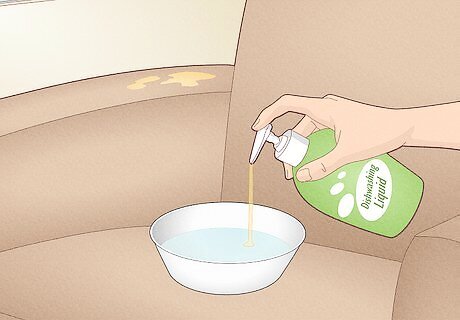
Mix your cleaning solution. Mix 2 cups of cool water with 1 tablespoon of dishwashing liquid. Cool water will protect the color of the upholstery, while the dishwashing liquid is a gentle enough cleaner for upholstery, with tough stain fighting power.
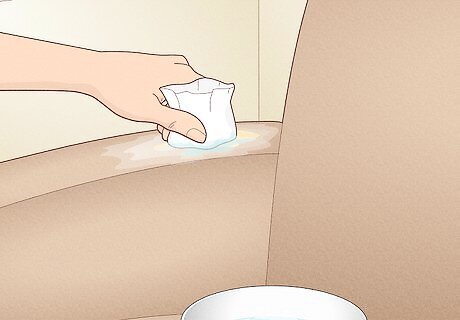
Sponge the stain with the cleaning solution. Use a clean cloth to blot the stain with the dishwashing mixture until the upholstery absorbs the solution. Try not to rub the stain, but rather use light blotting motions, blotting from the center of the stain to the outer edges. Repeat this step until the banana stain disappears.
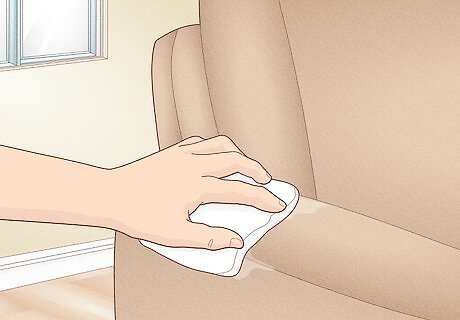
Blot the stained area dry. Use a new cloth to sponge the area, and remove the cleaning solution. You can dip the new cloth in a bit of cold water to remove soap residue, but ultimately, do your best to remove soap residue and water to dry the stained area. If the spot or stain turns brownish when the fabric is dried, consider mixing 1 part white vinegar and 2 parts water, and applying it to the stain. Apply a small amount of the vinegar solution, blot the stain, and allow the area to dry. Repeat this step only once, and then try blotting the fabric again with clean, cool water.




















Comments
0 comment